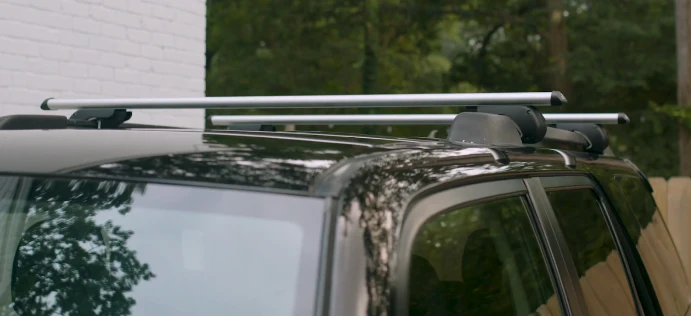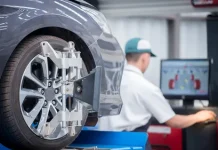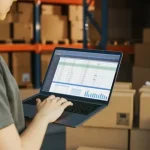Understanding Aluminium Roof Racks
Aluminium roof racks are renowned for their lightweight yet sturdy construction, making them ideal for carrying heavy loads while minimizing vehicle weight. They consist of aluminium alloy components, engineered to withstand harsh environmental conditions and rough terrain. These racks are designed to provide a secure platform for transporting bulky items such as luggage, camping gear, bicycles, and kayaks, expanding the storage capacity of vehicles without sacrificing interior space.
Key Maintenance Practices
- Regular Cleaning: One of the fundamental maintenance tasks for aluminium roof racks is routine cleaning. Remove any accumulated dirt, dust, or debris using a soft brush or cloth. Use a mild detergent solution and water to scrub away stubborn stains, ensuring all surfaces are thoroughly cleaned. Rinse with water and allow the rack to air dry completely before use.
- Preventing Corrosion: Aluminium is naturally resistant to corrosion, but exposure to corrosive substances such as salt, chemicals, or harsh weather conditions can still cause damage over time. Apply a protective coating or wax specifically formulated for aluminium surfaces to create a barrier against corrosion. Inspect the rack regularly for signs of corrosion or rust, addressing any issues promptly to prevent further deterioration.
- Tightening Fasteners: Check the fasteners, bolts, and mounting hardware securing the roof rack to the vehicle regularly. Over time, vibrations from driving and external forces can cause these components to loosen, compromising the stability of the rack. Use a torque wrench to ensure all fasteners are properly tightened to the manufacturer’s specifications, preventing potential accidents or damage.
- Inspecting Load Capacity: Before loading items onto the roof rack, always verify the manufacturer’s recommended weight limits. Exceeding the specified capacity can strain the rack and vehicle, leading to structural damage or failure. Distribute the load evenly across the rack and avoid overloading to maintain stability and prevent premature wear.
- Protective Measures: Invest in accessories such as roof rack pads, cargo nets, or tie-down straps to safeguard both the rack and transported items. These accessories provide additional cushioning and secure attachment, minimizing the risk of scratches, dents, or shifting during transit. Utilize weatherproof covers or tarps to shield the rack from exposure to harsh elements when not in use.
Conclusion
Aluminium roof racks are invaluable assets for outdoor enthusiasts and adventure seekers, offering practical solutions for transporting gear and equipment. By implementing proper maintenance techniques, including regular cleaning, corrosion prevention, fastener tightening, load management, and protective measures, you can extend the lifespan of your aluminium roof rack and ensure safe and reliable performance on every journey. With a proactive approach to maintenance, your roof rack will continue to serve you efficiently for years to come, enhancing your travel experiences and enabling new adventures with peace of mind.










